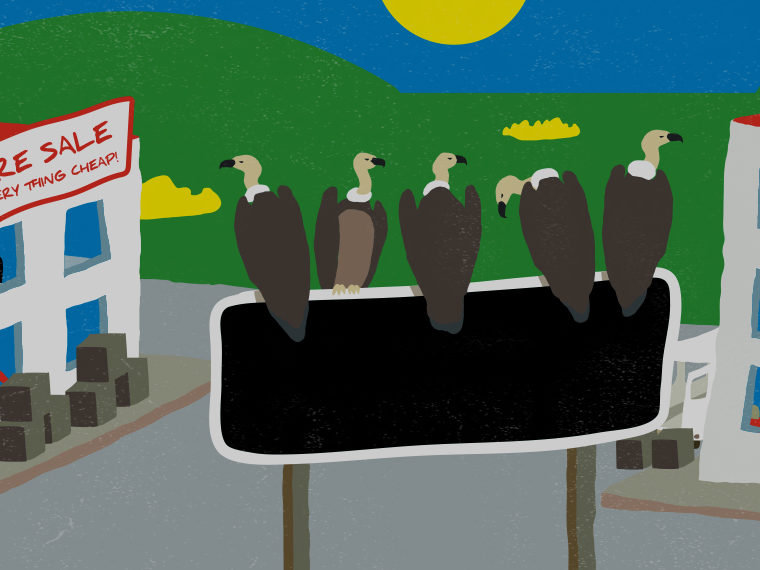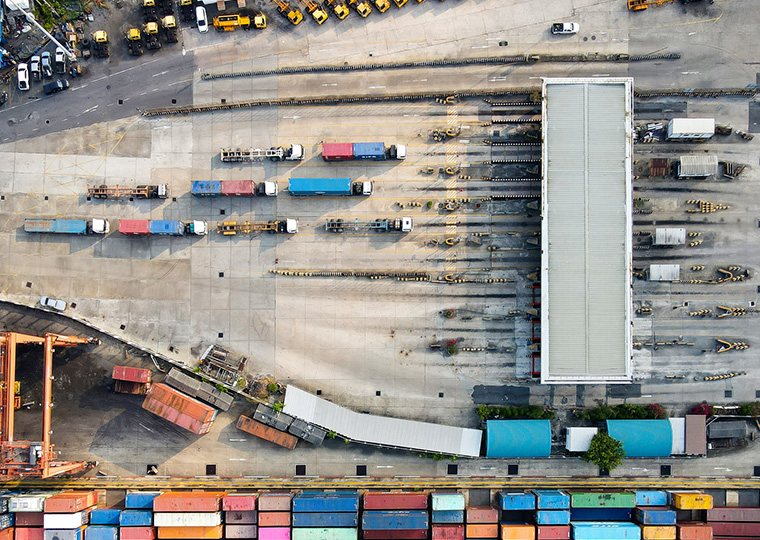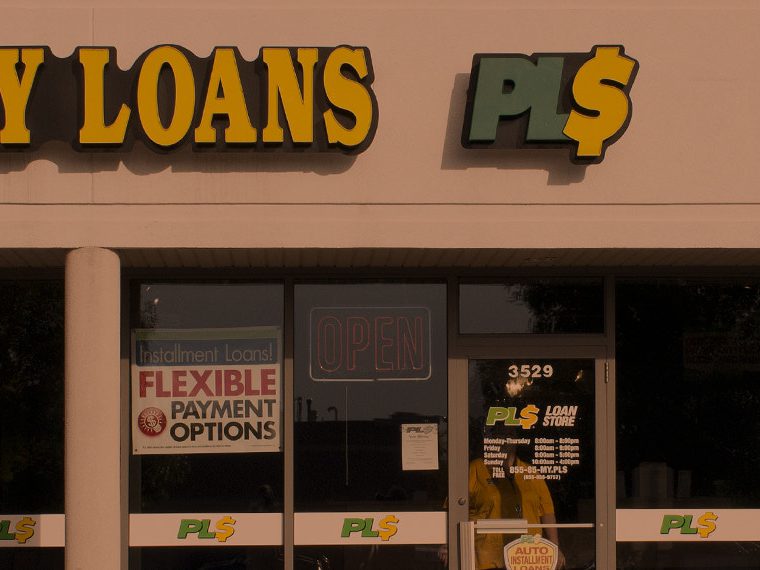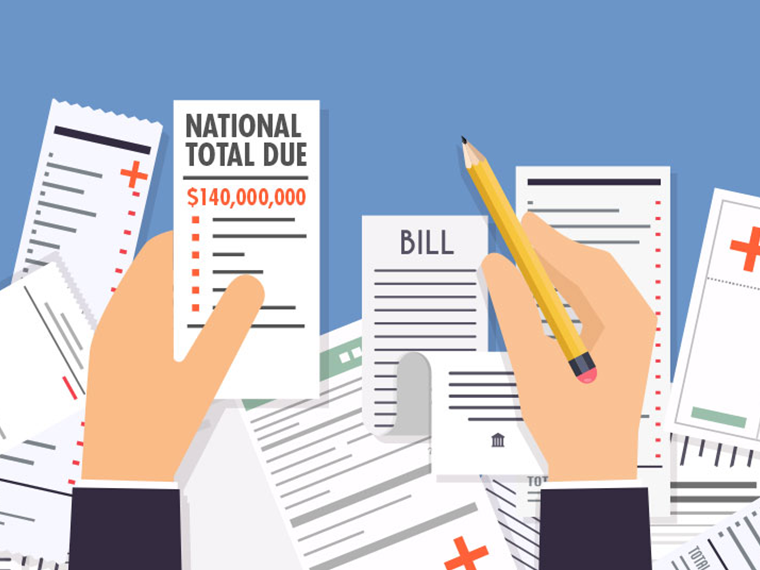Public bonds compete against other investments; a model of that relationship
With pandemic worries largely receding, it might be time to replace those concerns with worries about the rising U.S. national debt. Currently standing at $31 trillion, it has risen from $10 trillion over the past two decades. And a recent surge in interest rates has raised the interest payments required to service the debt.
Economists assess the risk of default by looking at a government’s debt as a percentage of its gross domestic product, the estimated value of a country’s output in terms of goods and services. This debt-to-GDP ratio provides a measure of how easily the debt can be repaid. When the ratio is above 100% and is expected to keep on growing, it may stoke fears that the country isn’t producing enough to pay off its debt. Most countries have seen their debt-to-GDP ratio rise due to COVID-19, which led to more government spending and lower tax revenues. The U.S. set a new high during this period, and government debt currently stands at about 124% of GDP.
Opt In to the Review Monthly Email Update.

Economic Growth, Spending Cuts or Higher Taxes
If the debt-to-GDP ratio becomes too large, investors — including foreign governments, pension and investment funds, and individuals — could become unwilling to hold government bonds. This risk rises as the interest costs on the bonds become a larger percentage of GDP.
Governments can grow their way out of the problem by increasing their GDP, just as a household’s once-onerous mortgage payment becomes affordable as its income rises. Alternatively, governments can reduce their spending and/or increase tax receipts to create a budget surplus and pay off some of their debt.
They could possibly also keep paying off the debt by just rolling it over into new debt — replacing old investors with new ones — not entirely unlike a Ponzi scheme.
Research has already been conducted to determine the conditions needed for a government to be able to rollover its debt indefinitely without needing a budget surplus.
A working paper seeks to determine how much debt can be rolled over forever and works with economic conditions that better resemble actual conditions. The paper, by Penn’s Andrew B. Abel and UCLA Anderson’s Stavros Panageas, examines the maximum ratio of government bonds-to-capital that can be rolled over forever and without the need for a budget surplus to do so. Note that the researchers are using the value of capital, an economy’s productive assets, as their denominator instead of GDP.
Interest Rates Versus the Rate of Growth in Productive Assets
Previous research showed that, at least theoretically, government debt could be rolled over forever without the need for a budget surplus, as long as the economy has a rate of growth that is greater than the interest rate.
When interest rates are below the growth rate of the economy, debt eventually shrinks as a share of the economy. But there’s another wrinkle to that theoretical research. If interest rates were to remain below capital growth rates, there would be over-investment in capital. Too much money is being invested into productive assets like machinery, to the point where the aggregate investment by companies exceeds the profits of these companies — a clear sign of over-investment.
The over-investment implication of that theoretical literature is testable. In the data, it is refuted. Historically, corporate profits have exceeded investment in productive assets. This observation has led many to believe that while over-investment and the ability of the government to roll over its debt are theoretically possible, they are not empirically plausible.
Abel and Panageas created a model that challenges the connection between over-investment and the possibility of debt rollover without surpluses. In their paper they also determine the highest level of government debt-to-capital that can be continually rolled over.
The main departure point from previous research is that in their model uncertainty plays a key role. The researchers created time-varying and random capital growth rates by introducing random (economic) depreciation rates. This resulted in a change in the net rate of return on capital, making the realized rate of return on equities sometimes better and sometimes worse than holding bonds.
Under Uncertainty, Investors Want a Premium
The introduction of randomness caused the output of capital to become random and unpredictable in the model. This makes investors demand a risk premium to remain invested in capital. This risk premium results in a return on capital higher than the risk-free rate offered by government bonds, thus creating a difference between the two rates.
The researchers propose that the debt-to-capital ratio can rise until the risk-free rate is the same as the growth rate of capital. This yields the highest level of debt-to-capital that can be maintained when rolling over government debt continually. Abel and Panageas also maintain that in their economy, where uncertainty plays a big role, the risk-free rate can be below the growth rate of the economy and yet there is no over-investment. Accordingly, the fact that the U.S. economy does not seem to over-invest does not preclude the possibility of government debt rollover without surpluses.
Featured Faculty
-
Stavros Panageas
Professor of Finance
About the Research
Abel, A. B., & Panageas, S. (2022). Running Primary Deficits Forever in a Dynamically Efficient Economy: Feasibility and Optimality (No. w30554). National Bureau of Economic Research. doi:10.3386/w30554






